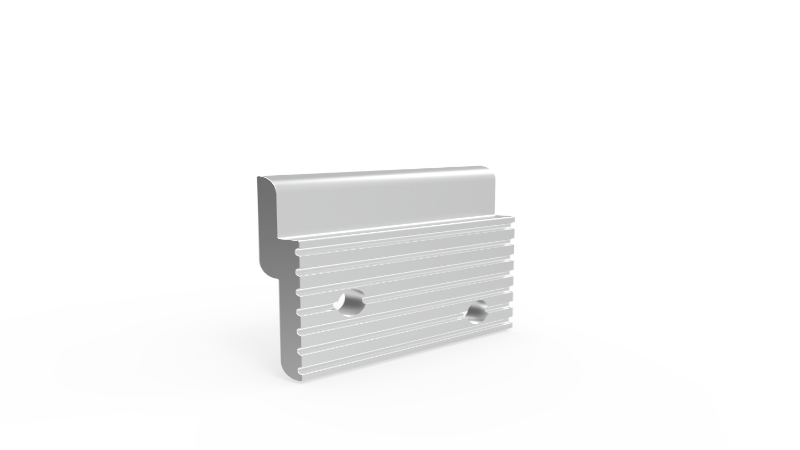Heat treatment is often used in metals for the purpose of altering their chemical and physical properties. However, a range of other types of materials can be treated with heat, even eye glasses. A provider of heat treat furnaces can help you select a furnace that will work best for your particular application.
Background
The heat treatment process uses the application of heat in a controlled manner to change the properties of materials such as carbon steels. This type of material’s properties can be changed because heat treatment essentially changes the material’s molecular arrangement. More specifically, the process can cause various arrangements of molecules to become much more common. The goal of using a heat treat furnace is to achieve the desired metallic characteristics by growing various phases, or microstructures, to the grain size and concentration, desired. In carbon steels, these various phases are usually characterized by the concentration and presence of carbon.
Mono
The ICBP Mono is one type of furnace used for heat treating. The furnace has a heating chamber that uses the Infracarb patent for low-pressure carbonitriding or carburizing. Then, the heating chamber features inert gas that is used for performing the cooling phase. The working weight of one of these furnaces can be as low as 200 kilograms and as high as 1,500 kilograms.
Duo
The ICBP Duo is another popular heat treat furnace option. This type of furnace has one heat chamber that uses the Infracarb patent for carburizing or carbonitriding. It also has a single quenching cell, which can be gas–with a maximum pressure of 20 bars–or which can be either cold or hot oil. Like the ICBP Mono, the furnace’s working weight spans from 200 kilograms to 1,500 kilograms.
Flex
The ICBP Flex is known for being one of the most popular and creative furnaces used for low-pressure carburizing. This furnace can receive cold or hot oil quenching cells as well as reversible dual stream or gas heating cells. The number of cells received depends on the necessary production capacity. No matter your need, a provider of these furnaces can assist you with choosing a furnace that will not just meet but also exceed your expectations.






